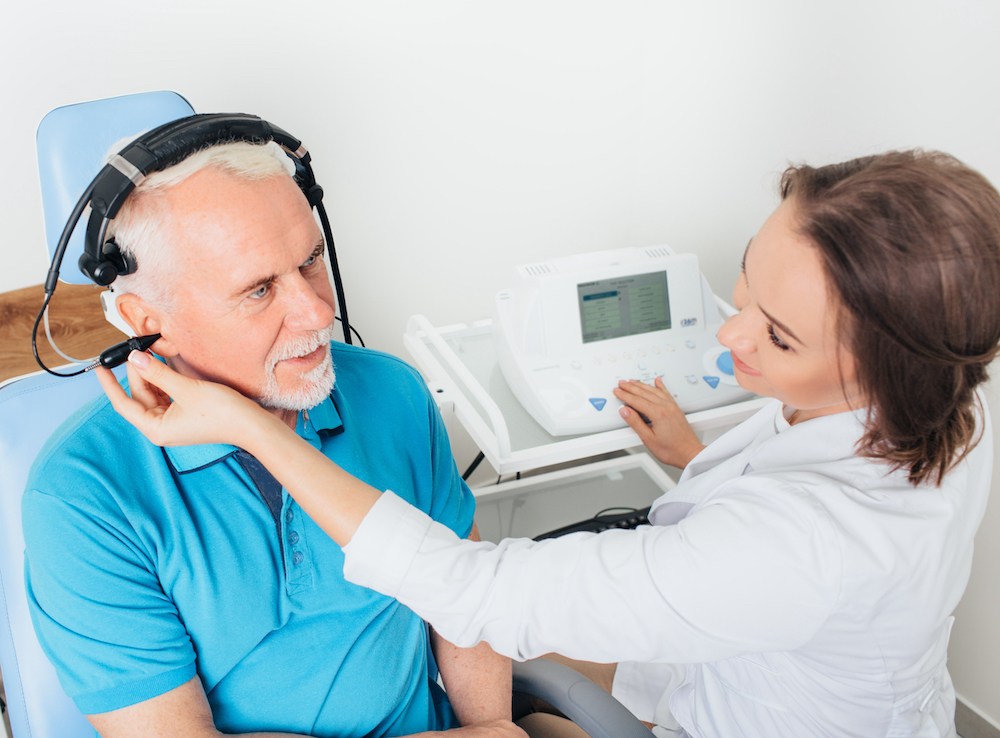The Role of Hearing Specialists in Tinnitus Management
Tinnitus can be one of the most frustrating hearing problems to deal with

Tinnitus can be one of the most frustrating hearing problems to deal with

Stress and hearing health affect each other in ways we often don’t

Winter brings unique challenges for our hearing health. The cold weather,